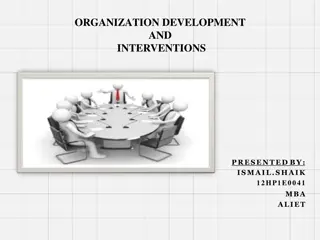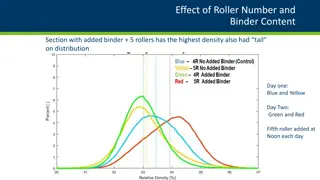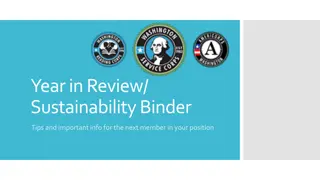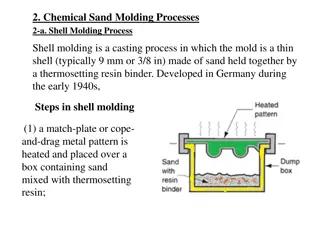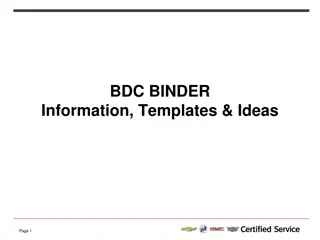Effective Binder Organization Guide
Gather the necessary materials like binders and divider tabs, set up the tabs according to your syllabus, keep important documents organized, sort materials into the appropriate sections, and maintain your binders regularly to stay organized throughout the school year. Avoid common pitfalls like using pockets for storage and ensure neatness for efficient study habits.
Download Presentation

Please find below an Image/Link to download the presentation.
The content on the website is provided AS IS for your information and personal use only. It may not be sold, licensed, or shared on other websites without obtaining consent from the author. Download presentation by click this link. If you encounter any issues during the download, it is possible that the publisher has removed the file from their server.
E N D
Presentation Transcript
How To Organize Your Binders
Step 1: Gather Materials Follow syllabus suggestions One binder (usually 2 in) for each class. No sharing except electives. One set of divider tabs for each binder.
Step 2: Binder Set-Up Tabs set-up Check your syllabus for teacher recommendations Most useful divider tabs: Notes Handouts Bellwork Quizzes/Tests Graded Projects Vocab Homework Use the tab categories that apply to the work in your class. Typically use 3-5 per class.
Step 2 continued In front of the dividers keep: Syllabus Current assignment schedules, Classroom policies Pro Tip: Use plastic sheet protectors for the handouts you need to keep long-term. Front Pocket: Only for current, completed homework DANGER AREA! Keep neat!
Step 3: Sort! Sort all materials into the appropriate binder and tab Think before you throw! Some classes have unit tests, or cumulative finals. Don't throw away materials until you are sure you are done with them.
Step 4: Maintenance Every day: Make sure materials are kept in the correct class binder Weekly/As Needed: Resort any materials that have been placed in the wrong divider, or in the front pocket As Needed: Clean-out locker and backpack for any class materials
Step 4 continued Watch out for: Pocket dividers: Don't use pockets! They break, and they can't be sorted through quickly for study. Front pocket abuse: Don't keep anything here that is not being turned in. It breaks and can't be sorted through quickly.



















